Mansfield Battle of Trafalgar veteran to feature Greenwich exhibition marking lives of black mariners
and live on Freeview channel 276
A Mansfield veteran of the Battle of Trafalgar is at the centre of a London exhibition marking the lives of black mariners who played crucial roles in British history.
The life of sailor John Simmonds, who lived at Chandler’s Court, off Stockwell Gate, is featured at the Old Royal Naval College Black Greenwich Pensioners exhibition.
Advertisement
Hide AdAdvertisement
Hide AdThe event explores the hidden histories of black Royal Navy personnel who formed one of Britain’s earliest black communities, as pensioners at the Royal Hospital for Seaman, which was on the site of today’s Old Royal Naval College at Greenwich.
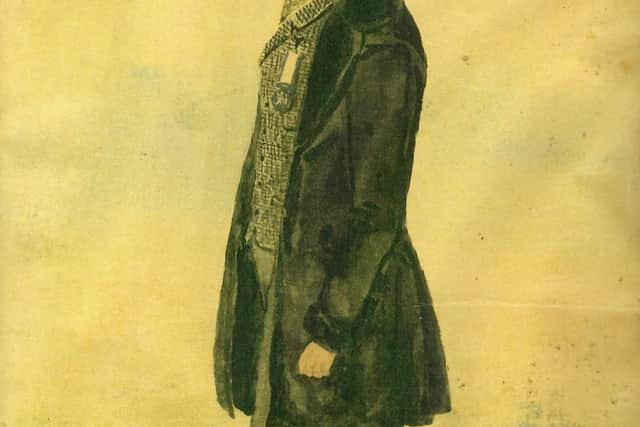

John Simmonds was an ancestor of a former Mansfield hospital sister Ruth Crook (nee Bowler), who is originally from Sutton in Ashfield, but spent most of her childhood in Mansfield, but has lived in Grantham for 33 years. She has extensively researched John’s family history and his links to Mansfield, and written a booklet.
Ruth, who worked for 10 years at the special care baby unit at Kings Mill Hospital, has provided research for the Greenwich exhibition. Other members of her family have provided a portrait of John painted in Mansfield Market place in 1847, his pistol, and certificates for ‘bounty money’ given to British mariners who defeated French ships during the battle.
According to Ruth’s research, John was originally born of mixed race in Kingston, Jamaica, sometime between 1783 and 1785.
Advertisement
Hide AdAdvertisement
Hide AdNot much is known of his early life, but it is thought he may have spent his childhood on a plantation, and he may be related to the family of a white slave owner called Simmonds, who raised a family with his black housekeeper in Kingston.
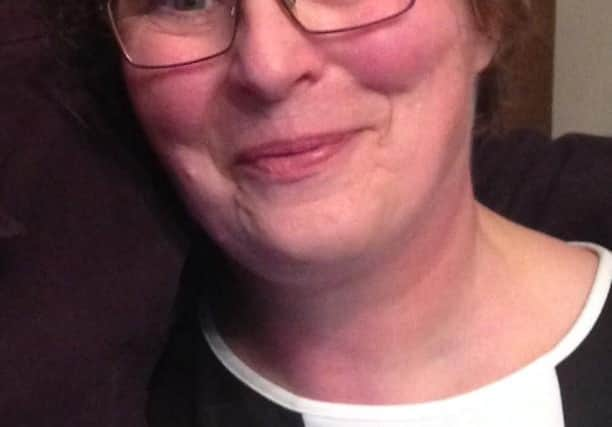

At the time, in Jamaica, slaves could gain their freedom by joining the British Royal Navy, at Port Royal but it also known that some men were forced to join by ‘press gangs’ who roamed the island when Naval recruits were required.
John is first officially heard of when he joined the Royal Navy receiving ship the Salvador Del Mundo, which was moored in the Hamoaze, in Plymouth. He had been transferred from a ship called Revolutionnaire on April 19,1 803, and would later join the Conqueror as a ‘Landsman,’ a title given to new recruits with little or no experience at sea.
HMS Conqueror took on 100 seamen from Liverpool on June 13 , 1803, and immediately set sail to join Nelson’s fleet in the Mediterranean.
Advertisement
Hide AdAdvertisement
Hide AdThe Battle of Trafalgar took place on October 21 1805. By then, John would have been in the Royal Navy for two years, and the conflict took place off the coast of Spain, just west of Cape Trafalgar.
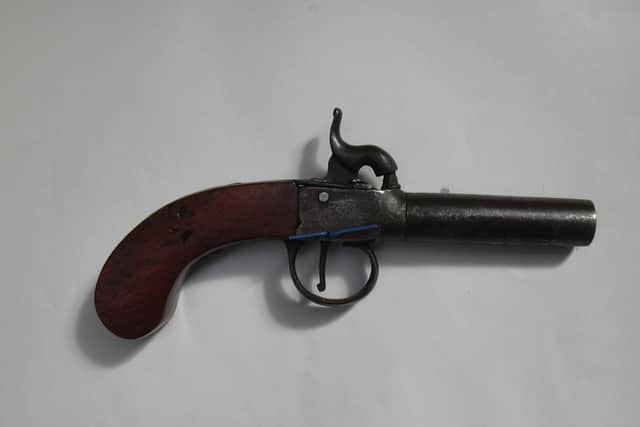

Twenty seven British ships led by Admiral Lord Nelson, defeated 35 French and Spanish ships commanded by French Admiral Pierre-Charles Villeneuve. The British didn’t lose a ship, whilst the opposition lost 22.After the battle, the Conqueror took the surrender of the French Admiral and his ship Bucentaure.Ruth said: “John Simmonds, my three times great grandfather who was at the Battle of Trafalgar. He was aboard the ship HMS Conqueror, which was the ship on which the French Admiral Villeneuve signed the surrender. He surrendered to Captain Israel Pellew, on board John’s ship, so it is very likely that John was there, and witnessed the historic event.
"We know he was paid bounty money, called ‘prize money’, which was given to sailors after they defeated a ship – the captured French ship’s money was divided between the sailors, and we have two of his original ‘prize money’ certificates and his pistol.”
After the battle John remained serving on Conquerer until February 26, 1812. He was promoted to Ordinary Seaman on June 4, 1807. During this time, Conqueror patrolled the
French and Spanish coasts moving troops.
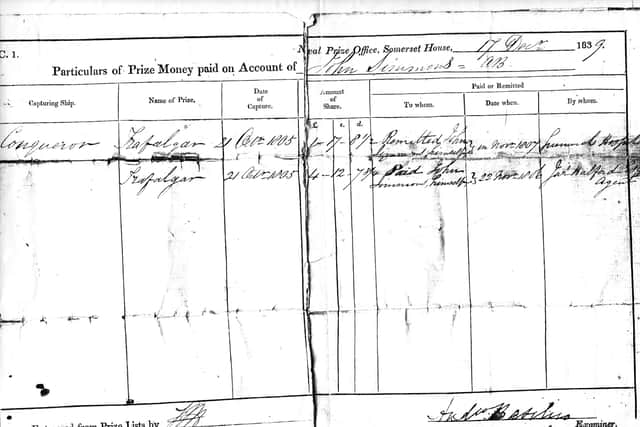

Advertisement
Hide AdAdvertisement
Hide AdThe ship was involved in several minor skirmishes and in 1812 sailed back in to Plymouth for a refit. John joined the Barnham the following day, serving as an ordinary seaman
until April 17, 1814. During this time, the ship sailed to the West Indies, and John returned home after 11 years.
On April 18, he was transferred to the Variable in Jamaica, first serving as an Able Seaman and then Yeoman of the Sheet and finally as Quarter Master.
In 1816, John became ill with Yellow Fever and was then transferred to the Shark hospital ship in Port Royal. He was later sent back to Greenwich Hospital where he was a patient for ten years until 1826. He went back to sea on the Forte, but in June 9, 1828, he was finally invalided out of service.
Advertisement
Hide AdAdvertisement
Hide AdAfter his life in the Navy, John married, and lived in Clerkenwell, London, with his wife Ann Fouch, and by 1831 they had moved to Mansfield.
Ruth said: “It is uncertain why John and Ann Simmonds moved to Mansfield, but it may have been the economic boom at that time, when the hosiery industry was in its infancy. The couple made their home at 4, Chandler’s Court which is no longer there.
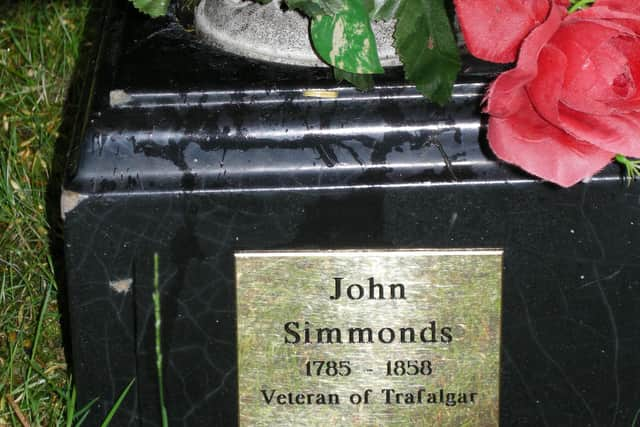

"He had started working as a hawker of tin wares in London, in the Clerkenwell area, where he settled with his wife, and other traders from the area also seemed to move to Mansfield, which was a boom town at the time.
"The picture of him, at the centre of the exhibition, was painted in Mansfield town centre, but although it is not clear, it actually has ships painted in the background, to hint at his past.
Advertisement
Hide AdAdvertisement
Hide Ad“John did have a family, in time some of the Simmonds family members lost the ‘D’ and became Simmons. I can remember hearing family tales about John, my grandparents would tell me stories and my great great aunt Nelly, showed me his artefacts.
"We know that John was around 73 when he died, and he was the first person to be buried in the Nottingham Road cemetery in Mansfield. Sadly he ended up in an unmarked grave with five other people in 1858. I managed to find the grave site and placed a pot and memorial to him. There is also a family plot in the grave yard for John’s family.”
Claire Kirk, Head of Interpretation and co-curator said: “John Simmonds was a veteran of the Battle of Trafalgar, later became a Quarter Master and is a great example of the variety of stories of the men featured in the exhibition.
“The Black Greenwich Pensioners, is an exhibition about the Black mariners who served in the Royal Navy in the 18th and 19th centuries and who, later in their lives (due to illness, age or infirmity), were admitted into the Royal Hospital for Seamen, which is where the Old Royal Naval College stands today.
Advertisement
Hide AdAdvertisement
Hide Ad"We are very proud to be launching this exhibition during Black History Month as it highlights the important role that Black sailors played in the history of the British Navy and how these men contribute to the rich and diverse history of our site in Greenwich.”
The opening preview of the exhibition was attended by Ruth’s son Dr Thomas Crook.
The Old Royal Naval College’s Black Greenwich Pensioners exhibition runs at the Mezzanine Gallery from October 3 - Sunday, February 21 and coincides with Black History Month, held throughout October.